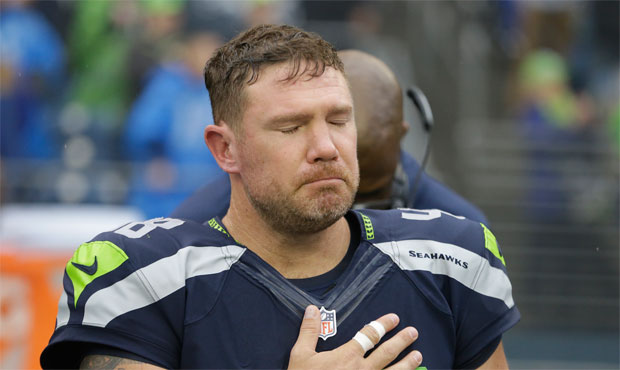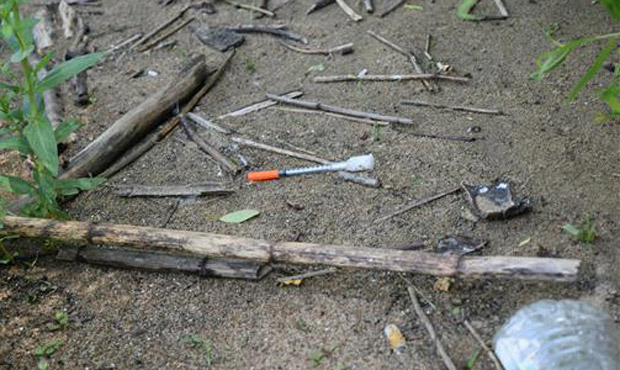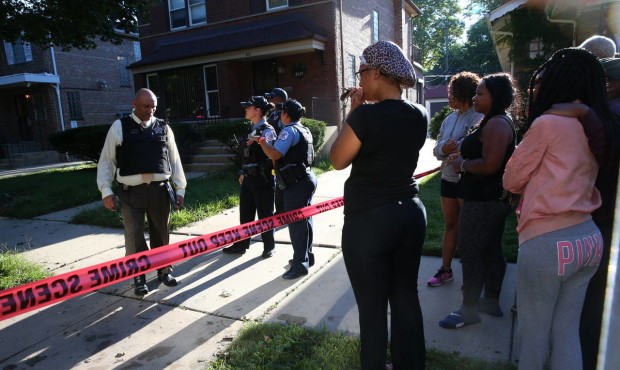Local News
Seattle loves a parade
 Seattleites love a parade. Over 300,000 are expected to turn out for the Seahawks celebration parade on Wednesday. (AP Photo/Ted S. Warren)
Seattleites love a parade. Over 300,000 are expected to turn out for the Seahawks celebration parade on Wednesday. (AP Photo/Ted S. Warren)
The big Seahawks parade on Wednesday is just the latest large civic gathering of celebratory Seattleites, and the city’s history is dotted with similar events over the past century or so.
Apart from the many Seafair parades and Golden Potlatch parades, a sort of predecessor to Seafair in early part of the 20th century, and that Sonics to-do back in 1979, many special events and victories have given people around here reasons to celebrate, or sometimes to let off a little steam.
One of the largest impromptu celebrations took place at the end of World War II on August 14, 1945. This was “VJ Day,” “V” for victory, “J” for Japan, and tens of thousands of war-weary soldiers, office workers, secretaries and just regular folks packed Fourth Avenue between Olive and Union, when that part of downtown functioned as something of a mini-Times Square. Traffic came to a standstill for several hours, but nobody cared much.
It was an impromptu gathering of another kind a few years earlier in roughly the same area. This time, it was the night of December 8, 1941, just one day after the United States was attacked by the Japanese at Pearl Harbor.
On the evening of Monday, December 8, a blackout had been called for at 11 p.m., just in case the Japanese were readying to strike the mainland. Every light in the city was to be extinguished as a precautionary measure, to make it more difficult for enemy bombers to find their way. Just after 11pm, a large group assembled in the downtown business area and took it upon themselves to “enforce” the blackout. The mob marched up and down the streets, breaking windows of businesses where lights still burned in order to knock out offending light bulbs, and throwing bricks at neon signs that somehow had not been properly shut off. Seattle’s civil defense shenanigans were front page news all over the U.S. the next day.
The end of the Great War, also known as World War I, or the one that they used to call “the war to end all wars,” was also celebrated in downtown Seattle on the evening of Nov. 11, 1918. This gathering is thought to have been the largest in the city up to that point, with thousands gathering around the old Seattle Times building at 5th and Olive. Fireworks were shot from the roof, and the celebration went long into the night.
Other occasions that have drawn people to downtown Seattle specifically for parades include various presidential visits going back to 1880 when Rutherford B. Hayes came to town, and subsequent visits by Benjamin Harrison, William Taft, and Warren G. Harding.
Hayes’ visit to the young city was quite a memorable occasion for a place with just 3,300 residents. According to author and historian J. Willis Sayre, “That night was the most exciting in Seattle’s history since the Indian battle. Hotels, stores and homes were ablaze with candles, lamps and gas; the university was lighted from top to bottom, a dazzling beacon far above the business center. Bonfires were lighted in Occidental Square, the band played industriously and endless throngs milled the streets. At a reception in Squire’s Opera House the president shook hands with 2,000 persons.”
Perhaps the most obscure and least understood celebration in local history came on March 26, 1917, less than two weeks before the United States formally entered World War I. It was on this night that the Seattle Metropolitans triumphed over the Montreal Canadiens to capture hockey’s Stanley Cup. The venue was the old Ice Arena on 5th and University, near what’s now the Fairmont Olympic Hotel.
But it’s unclear if excitement about the victory was felt anywhere beyond the rink. When The Seattle Times covered the story the next day, the Seattle Mets’ victory was only Page 17 news.




































Comments